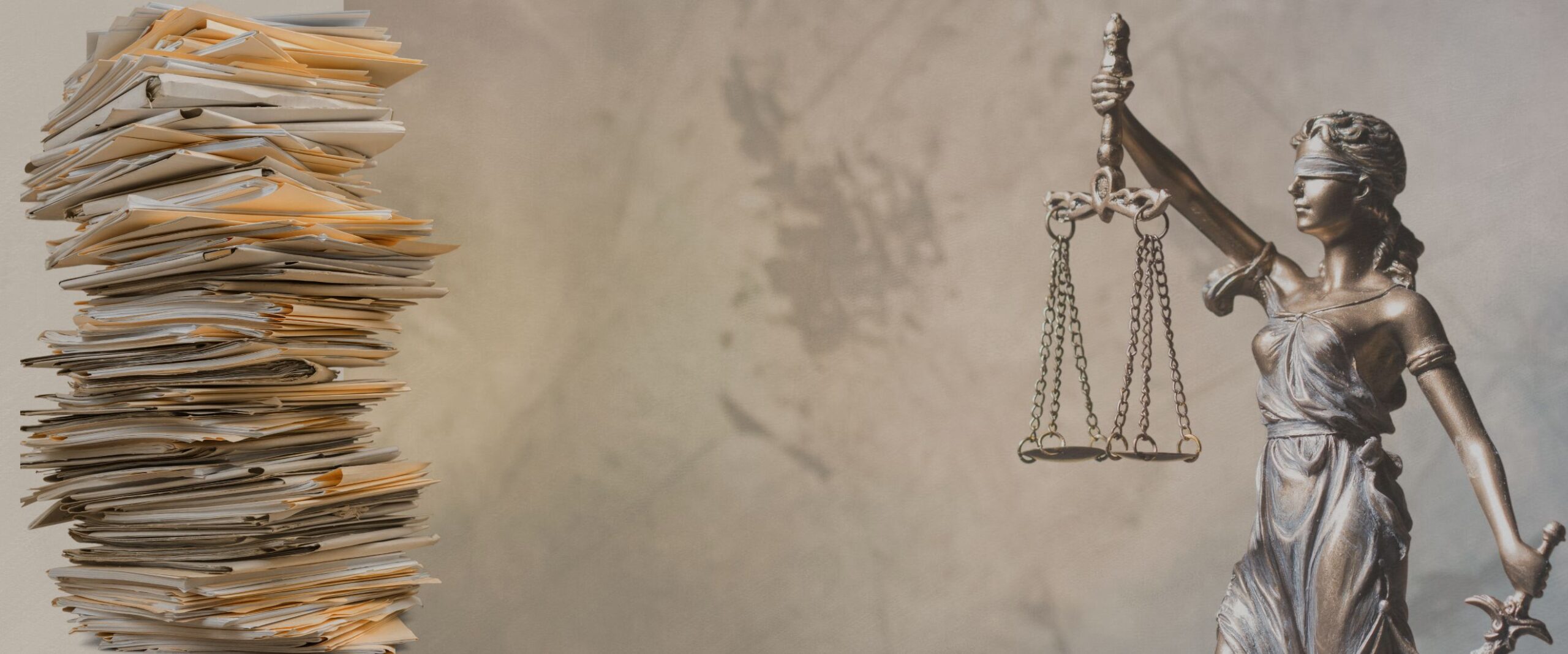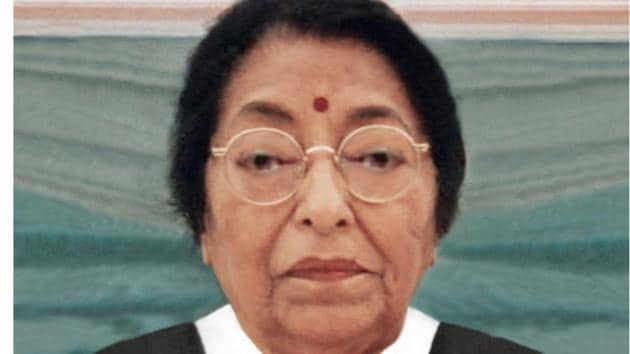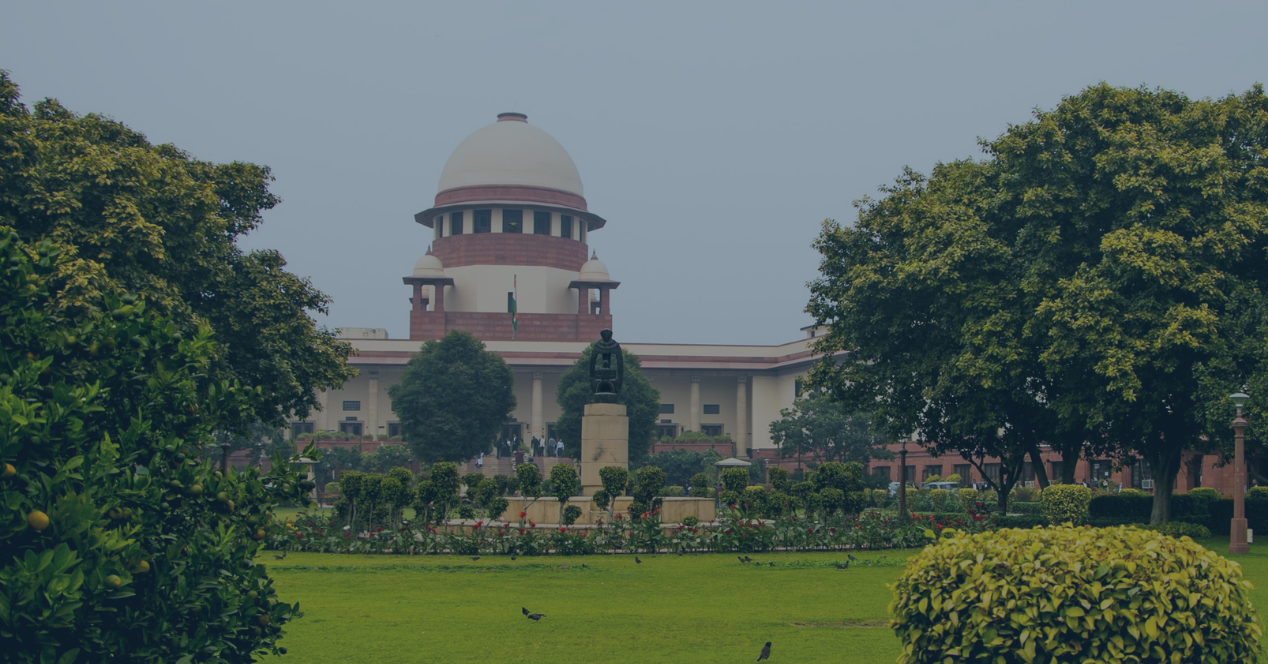Analysis
Political interests, personal agendas, bland orders: Have PILs strayed from their intended purpose?
There’s been an unprecedented increase in the number of petitions in recent years, but experts suggest that the SC is less PIL-friendly

In 2021, an unprecedented 1,13,904 Public Interest Litigations were filed in the Supreme Court. The trend seemed to continue into 2022. Until 31 October last year, according to court data, 1,03,934 PILs had been received.*
Figure 1 below shows that since 2015, there has been a year-on-year increase in the number of PILs filed (except in 2020, presumably due to pandemic-related reasons.) The rise in numbers raises a question: has something shifted in the SC’s approach to PILs?
The experts Supreme Court Observer spoke to don’t think so. They suggested that it’s more worthwhile to apply a qualitative—rather than quantitative—lens to the spike. In their estimation, the rise in numbers has been fueled by frivolous petitions that have more to do with politics and optics. Recent years have also been marked by the failure of ostensibly meritorious petitions, many of which have challenged the Union government.
A tool for social justice
PIL jurisprudence originated in the 1970s and 1980s. The original intent of pioneer judges like Justice Bhagwati and Justice Krishna Iyer was for the PIL to become a tool of social engineering and justice. A relaxation on the rule of locus standi, it was meant to allow concerned individuals to bring cases to higher courts on behalf of disadvantaged persons whose fundamental rights had been violated.
Over the years, PILs have resulted in several landmark decisions on fundamental rights. In M.C. Mehta v Union of India (1987), the right to live in a pollution-free environment was read into Article 21 of the Constitution. In Vishaka v State of Rajasthan (1997), a PIL filed by an NGO pushed the SC to frame guidelines for the prevention of sexual harassment at the workplace. More recently, PILs filed by NGOs in Manipur have enabled the Supreme Court to monitor the ongoing violence in the state.
In reality, PIL jurisdiction has had a chequered existence. It has come under attack from observers for expanding the remit of judicial power without putting checks and balances in place. This kind of judicial activism, the argument goes, threatens due process. Scholars like Anuj Bhuwania go even further in their criticism. While those concerned about judicial activism might still believe in the purpose of PIL jurisdiction, Bhuwania challenges its foundations. PIL jurisdiction’s preference for substantive rationality and “just” outcomes over procedural safeguards and institutional controls, Bhuwania argues, has meant that “it was a tragedy to begin with and has over time become a dangerous farce.”
“Farce” might seem like a harsh word. But, more lately, it’s one that the Supreme Court itself may have just stopped short of using while dismissing frivolous petitions.
Optics, politics, frivolity
“The Court has over time expanded the scope of PILs so much that under the guise of PILs, it takes on all sorts of matters,” said Aparna Chandra, associate professor at the National Law School of India University, Bangalore. Chandra is a co-author of the recently published Court on Trial, a data-driven account of the SC. “Many PILs are being filed without even showing how a fundamental right has been violated,” she said.
For instance, a Bench led by CJI D.Y. Chandrachud recently imposed a fine of Rs. 50,000 on an advocate who filed two PILs—one seeking the formulation of “a policy for reclassification of the caste system” and a second to “gradually phase out the reservation policy.” In another case, a final-year law student filed a PIL seeking an amendment to the Constitution to replace the word “chairman” with “chairperson”, prompting the Court to tell the student to focus on studies.
Serial litigators like former BJP spokesperson Ashwini Kumar Upadhyay and advocate M.L. Sharma are known for filing PILs on a wide array of matters, ranging from conversion laws to renaming cities. (By the end of 2022, Upadhyay reportedly had 150 PILs to his name.)
Increasingly, the SC has become sensitive to the publicity dimension of PIL filing. Chandra said that she’s heard from most practitioners that the Court is less willing to entertain PILs. “It’s saying go to the High Courts as far as possible,” she said, “Given that the scope of PILs has increased so much, it’s a good thing.”
Adding to the glut of optics-based petitions, there’s also been an increase in the politics-based ones.
In one PIL, 14 Opposition parties claimed that the government was targeting them through central investigative agencies such as the Central Bureau of Investigation and Enforcement Directorate. The SC refused to entertain a petition this wide. “When you say that space for opposition has shrunk, the remedy is in that space, the political space...not the court,” CJI Chandrachud said while confirming that it was not stopping the petitioners from approaching the Court on a case-to-case basis.
Given the sort of petitions being filed, Chandra felt that the sudden spike in the numbers doesn’t reflect “any sort of tectonic shift” in the Court’s attitude. That’s also largely because very few of the petitions translate to actual PILs. The data collected by the authors of Court on Trial suggest that only 3 percent of the reported judgements of the SC actually deal with PIL matters.
“Most of the letter petitions are disposed by the PIL Cell in the registry itself, and very few make it to the hearing stage,” Chandra said, while clarifying that she had not specifically looked at the data from 2021, “It’s an interesting fact that more people are writing to the Supreme Court, but that might not translate into the Supreme Court taking on more PILs.”
Senior Advocate Colin Gonsalves echoed Chandra as he pointed out that frivolous PILs hardly take up the Court’s time. “Many petitions may be disposed of on the first day itself,” he said. For Gonsalves, the real concern was whether the SC is as “PIL-friendly and as PIL-conscious as it used to be.” The petitions that do progress to full hearings seem to be plagued by a different problem altogether—a lack of brave and comprehensive orders that cannot be easily overturned.
Timid orders in meritorious cases
Since the Bharatiya Janata Party came into power at the Centre in 2014, observers have noted that the Supreme Court has seemed wary of passing orders against the government. This seems especially true for PILs which, by their nature, challenge the actions and inactions of the executive. So, even as the number of PIL filings has been on an upward trajectory over the last decade, it hasn’t often translated to relief for petitioners who challenge the government.
In fact, Gonsalves suggested, it’s quite the opposite: a qualitative assessment made it clear that “many meritorious PILs have failed in recent years.” Some of these cases deal with headline-making issues such as the Babri Masjid dispute, the Mumbai Coastal Road and slum demolitions in Delhi. “One can hardly think of four to five serious PILs against substantial misconduct by the Central government that have succeeded,” he said, “so this quantitative spike in numbers means nothing.”
Gonsalves said that judges displayed “a lack of courage” when it came to certain matters of public interest. “The Supreme Court has not shown interest in passing ‘good orders’ in meritorious PILs concerning national significance. In a serious matter, the PIL is always against the government. Over seven years now, judges have lost their courage to stand up to it.”
The fear of delivering anti-government orders seems to stem from the fact that the decision to elevate judges to higher courts ultimately rests with the executive. “We get the impression that judges all over the country, especially if they are in line for becoming chief justices of High Courts or are in line to be elevated to the Supreme Court, are very afraid of passing orders against the government,” Gonsalves said.
Laws tabled, orders undone
When orders are passed against the government, the executive has displayed a tendency to nullify their effect through laws and ordinances.
In a case that arose from a PIL filed by Anoop Baranwal, the SC had, in March 2023, ordered the formation of a panel comprising the Prime Minister, the Leader of the Opposition and the Chief Justice of India to make nominations to the Election Commission.
Though this committee was an interim measure until Parliament framed appropriate laws, it was designed to ensure that the process would be “insulated from executive interference.” However, in August, the government tabled a new bill that proposed that the three-member nomination committee comprise two members of the ruling party and one from the opposition. It was a direct response to the decision of the Supreme Court.
There’s another recent and high-profile instance of the executive modifying the law to get around inconvenient aspects of a court decision. In Common Cause v Union of India (2021), the SC had issued a mandamus against the tenure extension of incumbent ED Director Sanjay Kumar Mishra. But then the government brought in the Delhi Special Police Establishment (Amendment) Ordinance and the Central Vigilance Commission (Amendment) Ordinance to extend the tenure of the Directors of the CBI and ED. In Jaya Thakur v Union of India (2023), the amendments were upheld by the SC, even as it declared that Mishra would have to vacate office on 31 July 2023. Later still, at the Union’s request, the SC permitted the extension of his tenure until 15 September 2023.
Ultimately, the amendments and the Court’s decision to uphold them ensured that the victory of Common Cause, a government watchdog organisation, in its PIL, was a pyrrhic one.
Straying from the intention
From all this, it’s clear that PIL jurisdiction has gradually strayed away from its original intention. The social profile of the petitioners approaching the court for remedies and the causes they seem to be agitating for often have little to do with the social justice vision of the 1980s.
As the scope of potential remedies under Article 32 has expanded, the Supreme Court has become an arena for frivolous and partisan bickering. The easy publicity on social media and “virality” culture has further emboldened petitioners and courts to cherry-pick issues that they know will make headlines but will do little more. Frivolous petitions may not take up too much of the Court, but there’s an increased burden on the Court to sort through and consider the applications it receives.
The cases that do make it to the hearing stage often result in lukewarm orders that are in favour of the government or are conveniently overturned by the executive. The PIL mechanism, which was supposed to provide a platform to the poor, the neglected, and the marginalised, has increasingly become an extension of the political theatre that is marking every aspect of Indian public life.
Perhaps it is a good time to reflect and return to the origins. In SP Gupta v President of India and Ors (1981), Justice Bhagwati had expressed the essential purpose of the PIL jurisdiction:
“The Court has to innovate new methods and devise new strategies for the purpose of providing access to justice to large masses of people who are denied their basic human rights and to whom freedom and liberty have no meaning. The only way in which this can be done is by entertaining writ petitions and even letters from public-spirited individuals….”
“Access to justice to large masses of people who are denied their basic human rights and to whom freedom and liberty have no meaning”—this is the foundational spirit of a radical legal innovation that citizens and members of the bar and bench will do well to remember.
*Data from the Supreme Court’s 2021-2022 Annual Report. The total number includes letter petitions and writ petitions.




